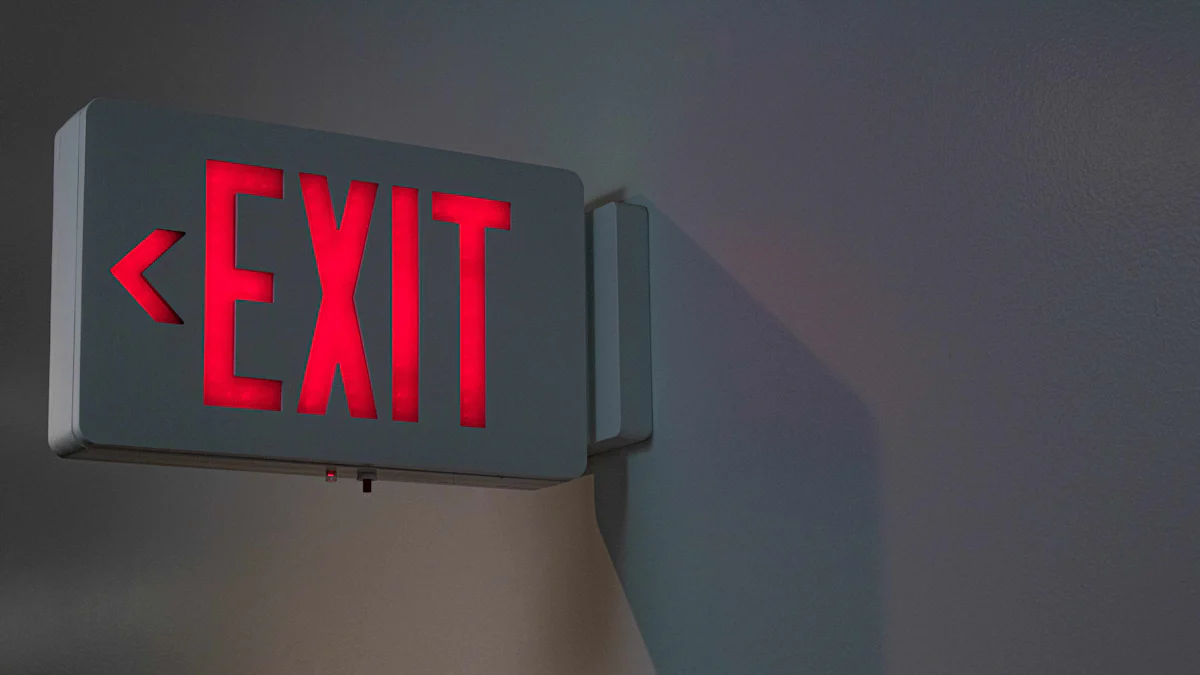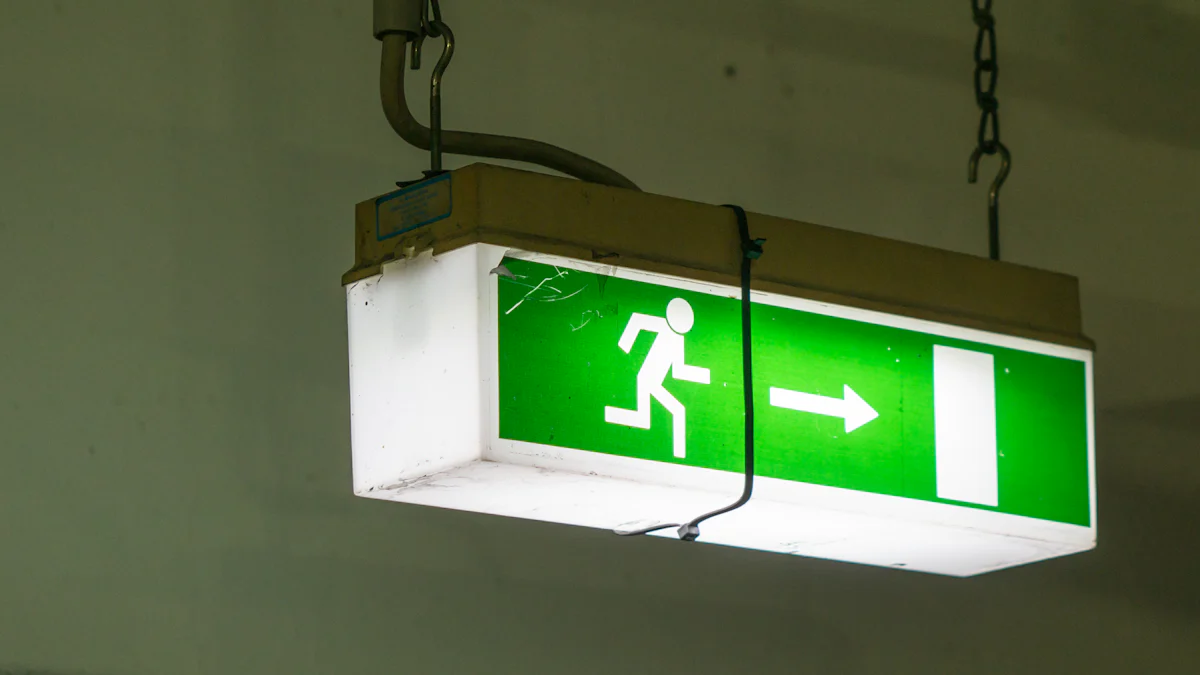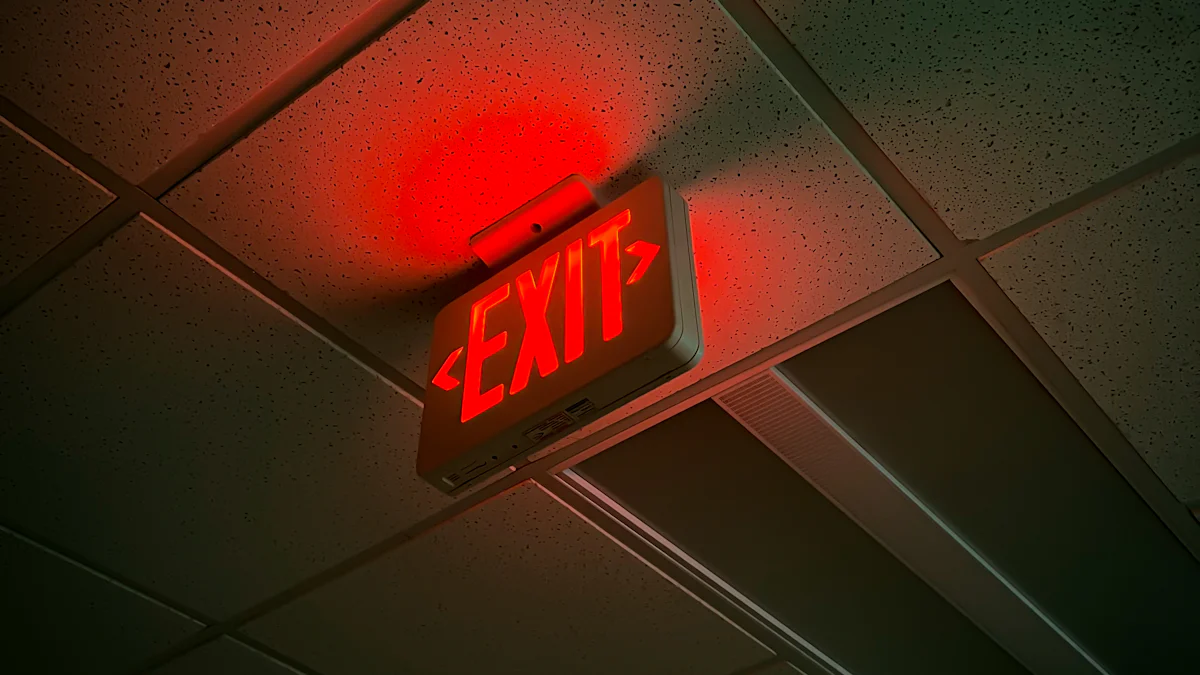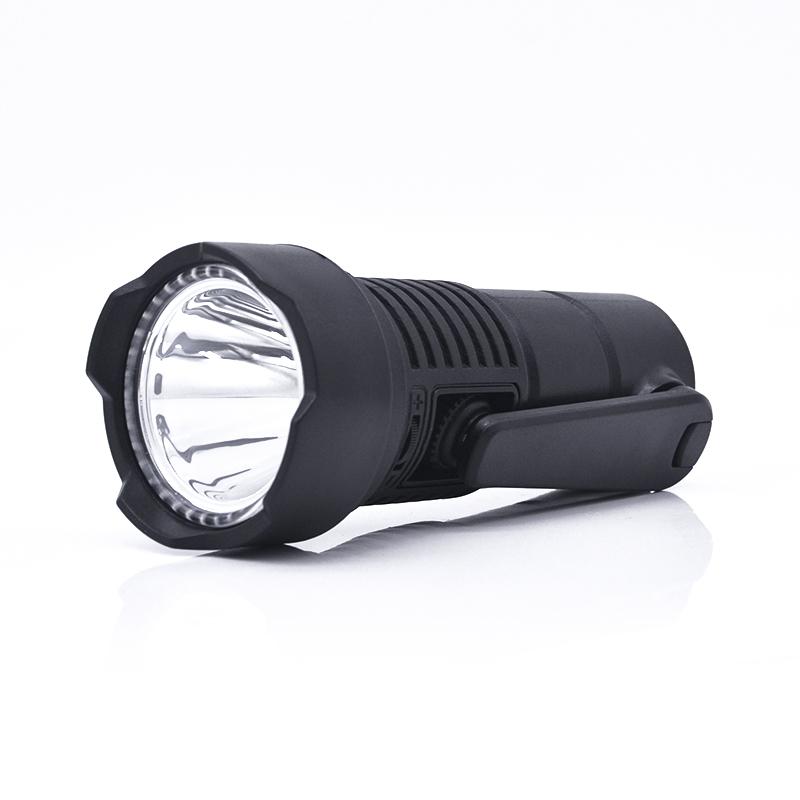The Importance of Having Backup Lighting for Natural Disasters

Imagine a storm knocks out your power in the middle of the night. Without lighting, even simple tasks like finding a flashlight can feel impossible. Natural disasters often cause power outages by damaging utility poles and power lines. Wildfires burn them down, earthquakes topple them, and floods wash them away. These events leave you in the dark when you need visibility the most. Backup lighting becomes your lifeline during such emergencies. It keeps your home safe, helps you avoid injuries, and ensures you can navigate through the chaos. Preparing for these situations isn’t complicated. With the right tools, you can stay ready for anything.
Key Takeaways
Backup lighting is very important during natural disasters. It helps you move safely and prevents accidents when the power goes out.
Pick strong and dependable lighting options. Choose water-resistant and tough devices so they work in bad weather.
Test your backup lighting often. Check batteries and if they work every month to make sure they are ready when needed.
Why Backup Lighting is Essential

Risks of power outages during disasters
Natural disasters can strike without warning, leaving entire neighborhoods in the dark. Power outages during these events are more than just an inconvenience. They disrupt your daily life and can even put you in danger. Imagine trying to navigate your home during a flood or earthquake without proper lighting. It’s not just frustrating—it’s risky. Damaged infrastructure, like downed power lines or flooded substations, often causes these outages. Without backup power, you’re left vulnerable. Having reliable lighting ensures you can respond quickly and safely when disaster strikes.
Importance of lighting for safety and security
Lighting plays a critical role in keeping you and your family safe during emergencies. It helps you avoid accidents like tripping over debris or stepping on sharp objects. It also provides a sense of security. A well-lit home deters potential intruders who might take advantage of the chaos. Whether it’s a flashlight, solar-powered lantern, or even solar street lighting, having reliable lighting solutions can make all the difference. It’s not just about convenience—it’s about protecting your loved ones and your property.
Role of backup lighting in disaster preparedness
Backup lighting is a cornerstone of disaster preparedness. It ensures you’re ready to face emergencies with confidence. When you have backup power options like solar-powered solutions or battery-operated lights, you’re building resilience for your household. These tools support your disaster response and recovery efforts, helping you stay calm and focused. By investing in reliable lighting, you’re not just preparing for the worst—you’re ensuring a quicker and safer recovery for yourself and your community.
Types of Backup Lighting Solutions

Battery-powered lighting options
Battery-powered lighting is one of the most reliable solutions for emergencies. Flashlights, LED lanterns, and emergency lights with battery backup are essential tools for disaster preparedness. They provide clear visibility during power outages, helping you navigate safely and maintain security. When choosing flashlights, look for durable, water-resistant models with adjustable brightness settings and long runtimes. Brands like Maglite and Fenix are excellent choices for their reliability and performance. LED emergency lights are also a great option. They’re energy-efficient, environmentally friendly, and can guide evacuations during disasters. However, keep in mind that battery-powered lighting may require additional costs for battery replacements.
Advantages | Disadvantages |
|---|---|
Reliable source of emergency lighting | Higher initial cost |
No wiring required for installation | Additional costs for battery replacements |
Longer lifespan due to reduced wear and tear | Slower activation time compared to traditional lights |
No risk of electric shock |
Solar-powered lighting solutions
Solar-powered solutions are perfect for long-term power outages. They harness sunlight to provide clean, renewable energy, making them ideal for disaster response and recovery. Devices like the Jackery Explorer Portable Power Stations and SolarSaga Solar Panels are excellent choices. These systems are portable, quiet, and easy to use. They can charge various appliances and ensure continuous power even in low-sunlight conditions, thanks to well-designed storage systems. After Hurricane Maria in 2017, solar-powered microgrids proved invaluable in supplying electricity to remote areas. Solar street lighting is another effective option, offering reliable lighting for outdoor spaces during emergencies.
Portable generators for backup power
Portable generators are a versatile backup power solution. They can power your lighting and other essential devices during disasters. When selecting a generator, consider factors like noise levels, ease of use, and battery life. For example, the Jackery Explorer 2000 Plus offers a long lifespan and quiet operation, making it ideal for nighttime use. Always follow safety precautions when using generators. Keep them outside, at least 20 feet away from doors and windows, to prevent carbon monoxide poisoning. Installing CO alarms in your home adds an extra layer of safety.
Hand-crank lighting devices
Hand-crank lighting devices are a simple yet effective solution for emergencies. These devices don’t rely on batteries or solar power, making them a dependable option when other resources are unavailable. By turning the crank, you generate power to light up your surroundings. They’re lightweight, portable, and perfect for quick use during disasters. While they may not provide as much brightness as other options, they’re an excellent backup for short-term needs.
Key Features to Look for in Backup Lighting
Reliability and durability
When choosing backup lighting, reliability is non-negotiable. You need lighting that works when you need it most. Look for devices made from high-quality materials that can withstand harsh conditions like storms or floods. Water-resistant and shockproof designs are ideal for disaster preparedness. Durability ensures your lighting solutions last through multiple emergencies, saving you money in the long run. A reliable lighting device gives you peace of mind, knowing you’re ready for any disaster.
Energy efficiency and runtime
Energy efficiency is crucial during power outages. You want lighting that uses minimal energy while providing maximum brightness. LED lights are a great choice—they’re energy-efficient and have long runtimes. For example, the PackLite Nova USB offers up to 24 hours of light on its low setting, making it perfect for extended emergencies. Efficient lighting reduces the need for frequent recharging or battery replacements, ensuring you stay prepared for longer periods.
Ease of use and portability
Backup lighting should be easy to operate, especially during high-stress situations. Look for devices with simple interfaces that don’t require professional installation. Portable options are also essential. Lightweight and compact designs, like the PackLite Nova USB, are easy to carry and position wherever needed. These features make portable lighting ideal for disaster response, camping, or even temporary lighting during recovery efforts.
Tip: Keep portable lights in your emergency kit for quick access during disasters.
Cost-effectiveness
Cost matters when building your emergency preparedness kit. While high-quality lighting might have a higher upfront cost, it often saves you money over time. Durable and energy-efficient devices reduce maintenance and replacement expenses. Solar-powered solutions, for instance, eliminate the need for batteries, making them a budget-friendly option for long-term use. Investing in cost-effective lighting ensures you’re prepared without breaking the bank.
Practical Tips for Choosing and Using Backup Lighting
Identifying your household’s lighting needs
Start by assessing your home’s specific requirements. Think about the areas where lighting is most critical during a disaster. Do you need to light up hallways for safe movement or outdoor spaces for added security? Consider the size of your household and the types of activities you might need to perform, like cooking or first aid. If you live in a region prone to extended outages, prioritize solutions like solar-powered lighting or battery-operated devices with long runtimes. Tailoring your backup lighting to your needs ensures you’re prepared for any emergency.
Regular testing and maintenance of backup lighting
Testing your backup lighting regularly is essential for disaster preparedness. Follow these best practices:
Replace batteries nearing the end of their life. Use indicators to monitor battery health.
Clean lenses and fixtures to maintain brightness.
Keep records of tests and repairs for easy reference.
Monthly functional tests and annual full-duration tests simulate real conditions, ensuring your lighting works when you need it most. These steps build resilience and keep your household safe during emergencies.
Storing lighting solutions for easy access
Store your lighting devices in places you can quickly reach during a disaster. Keep flashlights near your bed, lanterns in your living room, and solar-powered solutions in your emergency kit. Use labeled containers to organize your backup power options. This way, you won’t waste time searching when every second counts.
Combining multiple lighting options for flexibility
Relying on just one type of lighting can leave you vulnerable. Combine solutions like solar-powered lighting, battery-operated devices, and hand-crank lights. Solar street lighting can illuminate outdoor areas, while portable lanterns work well indoors. Batteries are quiet, clean, and reliable, making them ideal for extended outages. Using multiple options ensures you’re ready for any disaster response or recovery scenario.
Backup lighting is essential for your safety and peace of mind during a disaster. It ensures you can respond quickly in an emergency and supports a smoother recovery process. Reliable lighting solutions protect your family and keep your home secure. Start preparing today. Evaluate your needs, choose the right tools, and stay ready for anything.
FAQ
What’s the best type of backup lighting for long power outages?
Solar-powered lighting works great for extended outages. It uses renewable energy and doesn’t rely on batteries. Plus, it’s eco-friendly and cost-effective over time.
How often should I test my backup lighting?
Test your lighting monthly. Check for battery health, wear, and brightness. Regular testing ensures your devices work when you need them most.
Tip: Set a reminder on your phone to stay consistent with testing!
Can I use backup lighting outdoors during storms?
Yes, but choose water-resistant and durable options. Look for IP-rated devices designed to handle harsh weather conditions. They’ll keep working even in heavy rain or wind.
Note: Always prioritize safety. Avoid using electrical devices in flooded areas.

See Also
A Homeowner's Guide to Selecting the Right Flashlight
Our Emergency Flashlight: Designed for Long-Lasting Use
Why Hunting Flashlights Are Crucial for Outdoor Adventures
